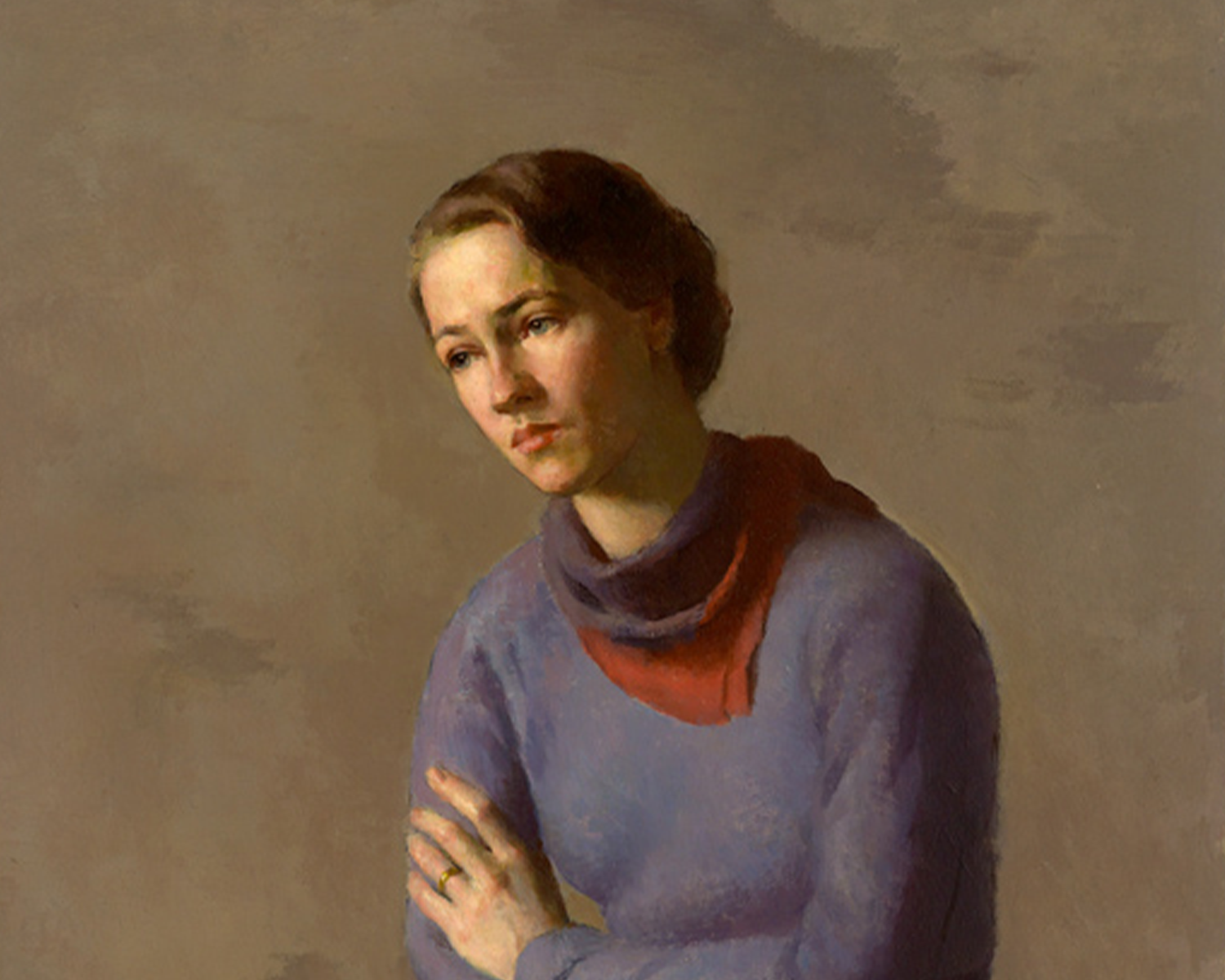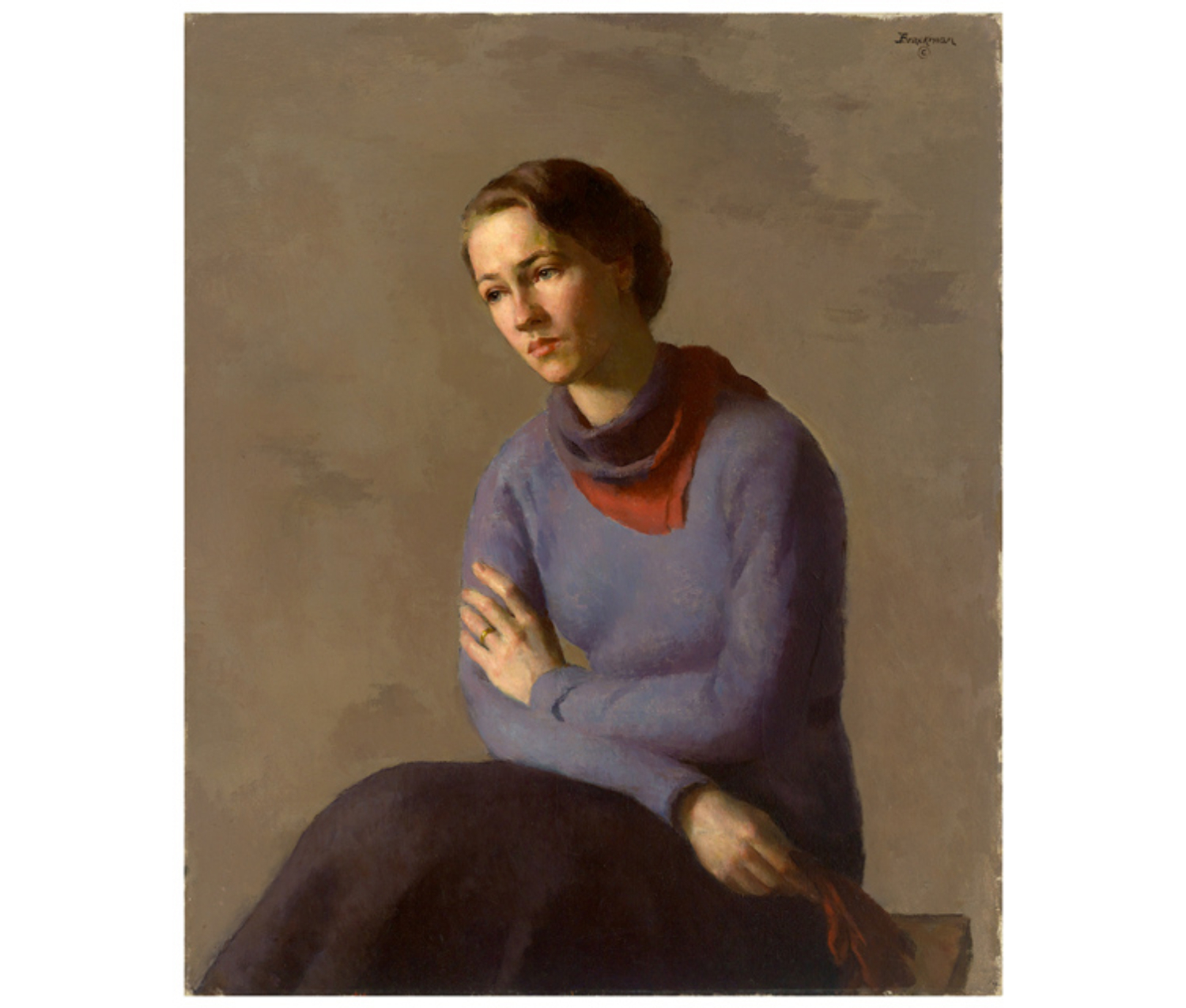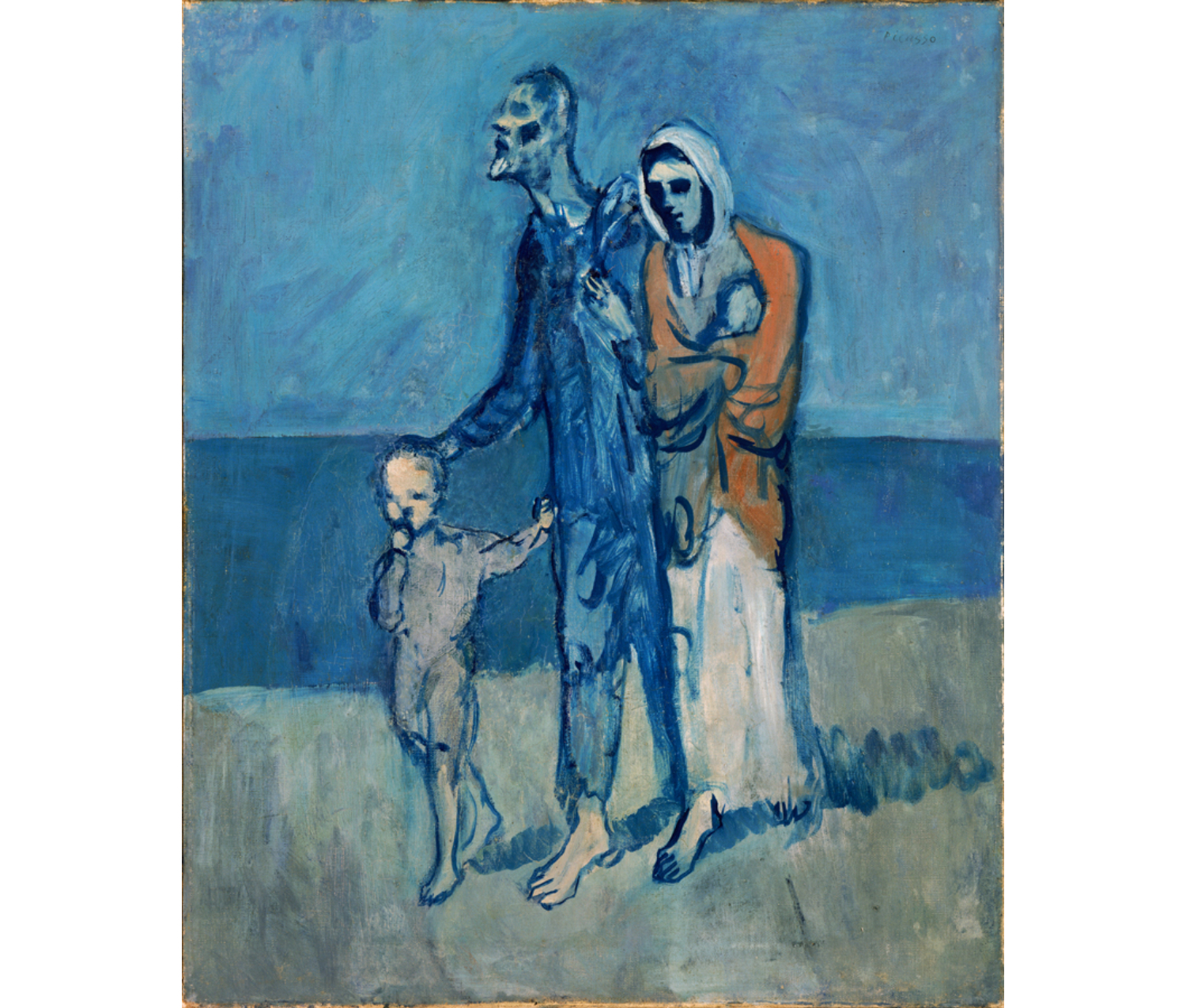
A Challenge to Practice Optimism
Sophie Richards graduated from Smith in May 2020 with a major in art history.
Our current use of technology is comparable to the first time I discovered an all-consuming passion for a family-sized bag of jolly ranchers on a 6-hour flight. We just can’t stop. From the moment we turn off our alarms, we are bombarded with unfettered access to negativity which aches at our sweet tooth for a gluttonous consumption of updates. A diet of world news used to be regulated to an hour after dinner when the arena for political debate could open and forcibly be closed with Edward R. Murrow signing off; “Good night, and good luck.” Now, there is no optimistic end to the news cycle; we simply receive 1,000 portion-controlled segments every minute of every day. This is an exhausting system that does not allow us to practice optimism.
I offered a challenge to my friends and family in various backgrounds and colleges outside art history to engaged with two works of art from the 5 College Museum collection which reflect similar anxieties or sentiments we feel during the COVID-19 shutdowns (isolation, fear, sickness, etc.) I asked them to identify something positive in each image. I left the prompt open-ended as I wanted to encourage optimism to take a variety of forms. During times of crisis we are often encouraged to reflect on our feelings of disparity which we then hope will translate to acceptance and relief. This is a powerful tool which unfortunately becomes circular and futile during a seemingly never-ending shutdown. The responses I received demonstrate the ability of art to give us the license to empathize with a shared human condition that leaves us feeling less alone.

Robert Brackman. American, 1898–1980. Anne Morrow Lindbergh. 1938. Oil on canvas. Gift of Charles A. Lindbergh. Amherst College Collection, AC 1954.9.
A difficult subject to start with, Anne Morrow Lindbergh was an accomplished aviator, author, and mother to Charles Lindbergh who was kidnapped and killed in 1932. In no attempt to make light of these tragic events, the following responses focus on the fortitude of Anne in the midst of unthinkable personal trials.
Response #1 (Environmental Geology Major with a Music Minor, Junior):
A suggestion for a new title; “Taking Time for Self-Reflection and Self-Care.”
Response #2 (English Major, Senior):
Reflective response; “I can see myself locked within the confines of my home and overwhelmed by solitude just as this woman is in Brackman’s painting. She is lost in thought and in contemplation – her thoughts are the only thing that accompany her, proven in the complexity and angst seen in her face. In quarantine, there have been countless times when I have been distracted by the thoughts bombarding my mind – about the future, about the past, troubled by the what-if’s. Coming out of the ethereal realms of thought, I find myself still in the confines of my home, still overwhelmed by my solitude.”
Response #3 (Music and History Double Major, Senior):
An insightful response through poetry:
Drab walls cry out in muted brown
With pity shown by subtle frown
But that is not the only end
To which these nimble colors bend.
“Not all is lost,” the paint declares,
No brushstroke here merely despairs.
For purple makes appearance too,
Far from a funerary hue,
With orange wrapped around her nape,
Reflected in the gloves that drape
Down by her leg. A matching set
Of any kind was hard to get.
And anyway, how could one guess
That for her horror was excess
When hair is kempt, and ring is worn
And from the left approaches morn?
The light shines strong before her face
As she looks up with gentle grace.
Behind the sickness of her heart
Hides wealth and beauty and, yes, art.

Pablo Picasso. Spanish, 1881–1973. Figures by the Sea. 1903. Oil on canvas. Gift of Jere Abbott. SC 1965.33.
Picasso’s blue phase marked a time of personal financial uncertainty which he wished to reflect in his art. Though each family member deals with emotional and physical vulnerability, the following responses detail…
Response #1 (Environmental Geology Major with a Music Minor, Junior):
A reinterpretation through recontextualizing: “A family of three enjoys a walk along the lake while practicing social distancing.”
Response #2 (English Major, Senior):
A thoughtful reflection: “Picasso’s depiction of the human form is disturbing, it’s dehumanizing. I can’t help but be reminded about how, in this current socially-distanced moment, we interact with others. In the face of COVID-19, anyone outside of the bubble of our homes could pose a threat to our health, could be a carrier of or afflicted by this invisible virus. More and more, I sense how people regard me as a danger, rather than a fellow human. Walking on the street, I’m disturbed when those I pass are so preoccupied with properly distancing themselves from me that they fail to respond to my wave or casual greeting. And this is becoming the norm during my outdoor excursions. This is xenophobia, a fear of anyone aside from those with whom we are quarantining – our neighbors, our cashiers and other essential workers, those who we see in parks and on sidewalks. This virus is making us lose sight of the humanity of our communities, distorting outsiders into unrecognizable and gruesome ghouls.”
Response #3 (Music and History Double Major, Senior):
A quiet and reflective poem:
Togetherness, a simple word
Perhaps forgotten, lost, and blurred
How much we miss the simple state
Of being next to our soulmate.
Do not weep for the family here
Four-headed unit loved so dear.
The tender touch ‘twixt dad and child
(Surely God looked down and smiled),
The baby wrapped in mother’s arms,
Protected by her loving charms,
Though shrunken may their features be,
On this can all of us agree:
‘Tis better to be close to all
Than be alone behind a wall.